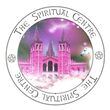|
Summer
|
South
|
Fire
|
|
Are you in need of healing? Have conventional methods failed?
Have you considered distance holistic healing? See something you like then subscribe to our monthly news letter.
|
